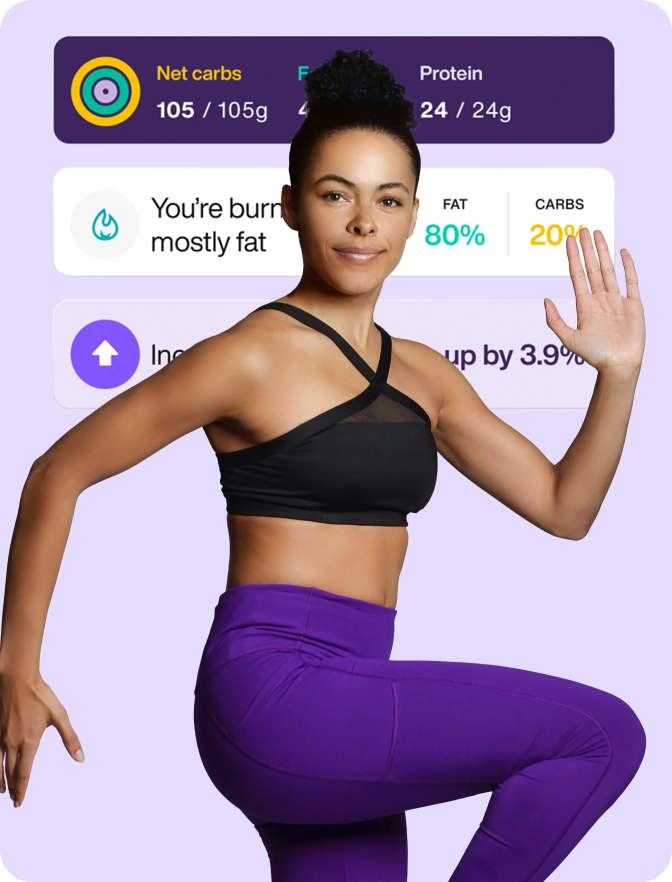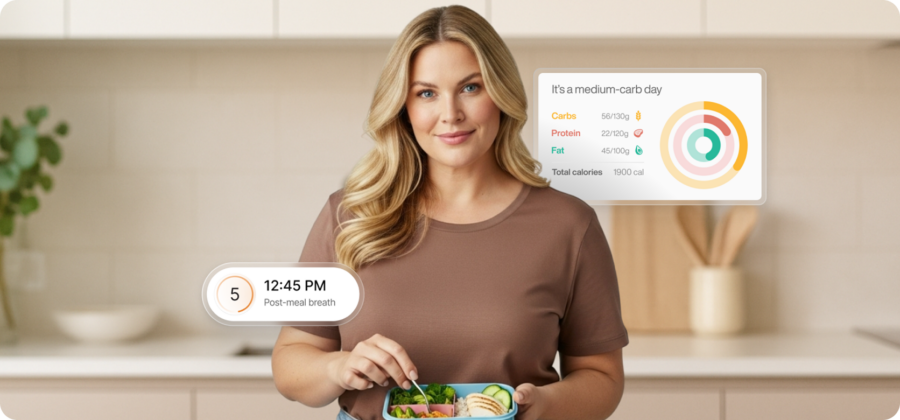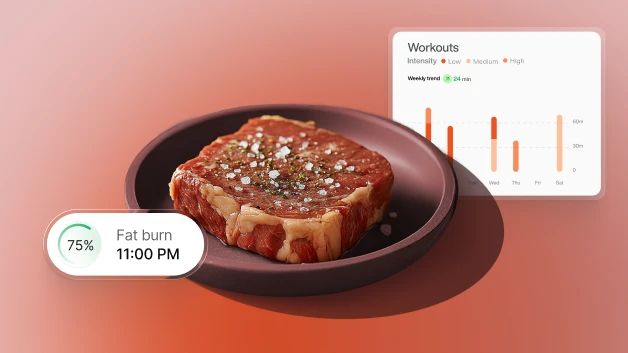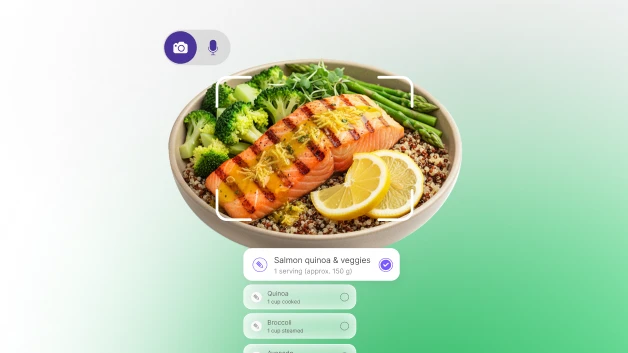How to drink mindfully this summer according to Lumen nutritionist Ulrike Kuehl

Summer is here and you know what that means? Rooftop bars, cold beer and barbecues. We tend to drink more alcohol in summer when we’re socializing with friends and enjoying the longer and hotter days. However, we all know alcohol doesn’t do our body any favors, so how we can keep on track with our health and fitness goals? Ultimately, it comes down to drinking in moderation and making the best drink choices, according to Lumen’s nutrionist, Ulrike Kuehl.
How does the body metabolize alcohol?
When we drink alcohol our body’s priority is to metabolize it straight away. This is because the metabolic by-product of alcohol, acetate, is toxic. The problem is this means while your body is busy breaking down alcohol, it isn’t breaking down fat. The fat-burning process, therefore, grinds to a halt and doesn’t begin again until the alcohol is metabolized. The time it takes to burn calories from alcohol is individual and depends on how accustomed your body is to alcohol, as well as the amount and type of alcohol consumed.
What do ‘empty’ calories in alcohol mean?
Another reason alcohol and fat loss don’t mix is that alcohol contains lots of calories – 7 calories per gram, which is almost as many as pure fat (9 calories per gram). You’ll often hear the calories in alcohol referred to as ‘empty calories’ as they have no nutritional value. To make matters worse, there is a reason why a long night of drinking ends with fries or pizza. Studies show alcohol increases your appetite and cravings for unhealthy food.
What drinks are the best choice?
Now, we’re not saying you have to lay off the booze completely. If you still want to enjoy the occasional drink, there are some ‘healthier’ options as not all alcohol has the same sugar (carb) content.
Wine
One glass of wine (5 oz) won’t have a significant effect on your blood sugar or insulin levels. A glass of dry wine contains less than 2 grams of carbs. Sweet wines have more sugar and contain about 4 grams of carbs per glass.
Beer
A typical bottle of beer (12 oz) can contain up to 14g of carbs. There are lower-carb beers that contain around 5 grams of carbs per bottle.
Spirits
Whiskey, vodka, gin, tequila and other pure alcohols have no carbs. However, adding tonic to your gin can total 16 grams of carbs per serving. Order spirits ‘on the rocks’ or with soda water.
Cocktails
Try to stay away from cocktails as they are loaded with carbs due to the fruit juices, syrups and purées used in them. A margarita, for example, has 13 grams of carbs.
The bottom line
Drink in moderation and stick to dry wine, low-carb beer or spirits with sugar-free mixers.
To view the full article by Ulrike Kuehl on Flaurawellness.com , click here.







 Digital download
Digital download 


